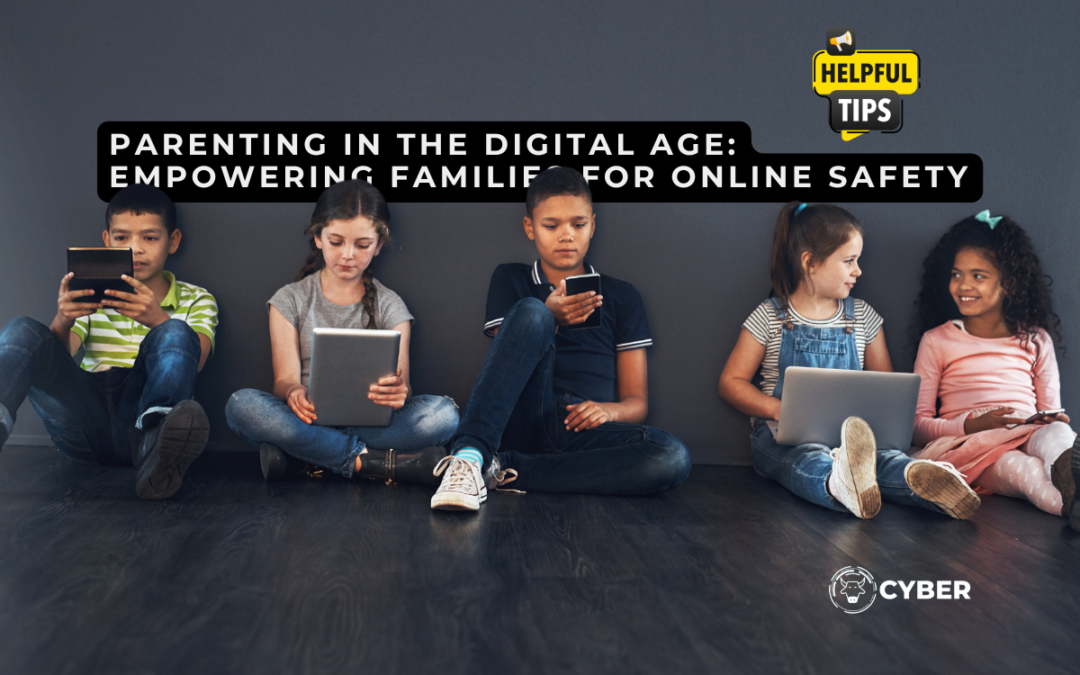As parents, keeping up with the ever-changing technology world is a challenge. From smartphones to gaming consoles, there’s always a new app or device in your child’s hands. While technology offers exciting opportunities, it also presents cybersecurity risks that can put your child’s online safety at risk.
With children spending more time online, it’s crucial to take proactive steps to protect them. Here’s how you can help your kids navigate the digital world safely and securely.
Common Cybersecurity Risks for Children Cyber threats can come in many forms, and children are often more vulnerable because they may not fully understand the dangers. Some common risks include:
- Cyberbullying: Harmful online behaviour, especially on social media.
- Online Predators: Strangers who may manipulate children into sharing personal info.
- Inappropriate Content: Kids may accidentally encounter harmful material online.
- Data Privacy Risks: Children’s information can be exposed if proper safeguards aren’t in place.
Simple Cybersecurity Tips for Parents While it’s impossible to eliminate every risk, here are some practical steps to reduce the dangers:
- Have Open Conversations About Online Safety: Discuss the importance of privacy and the dangers of sharing personal info online.
- Set Clear Rules for Screen Time: Establish limits on screen time and encourage a balance with other activities.
- Use Parental Controls: Leverage built-in tools to monitor and restrict access to inappropriate content.
- Teach About Phishing and Scams: Help your kids identify suspicious emails or links.
- Ensure Strong Passwords: Encourage unique, strong passwords and use a password manager.
- Account Access Confirmation: Add an extra layer of security on accounts.
- Monitor Social Media Use: Set privacy settings to the highest level and monitor their activity.
Here at OxCyber, we’re committed to empowering families with the tools and knowledge to stay safe online. By following these simple steps, you can help your children enjoy the benefits of technology while ensuring they stay safe from the many online risks they may face.
Let’s work together to protect the next generation of tech-savvy kids and create a digital world where they can thrive safely.

